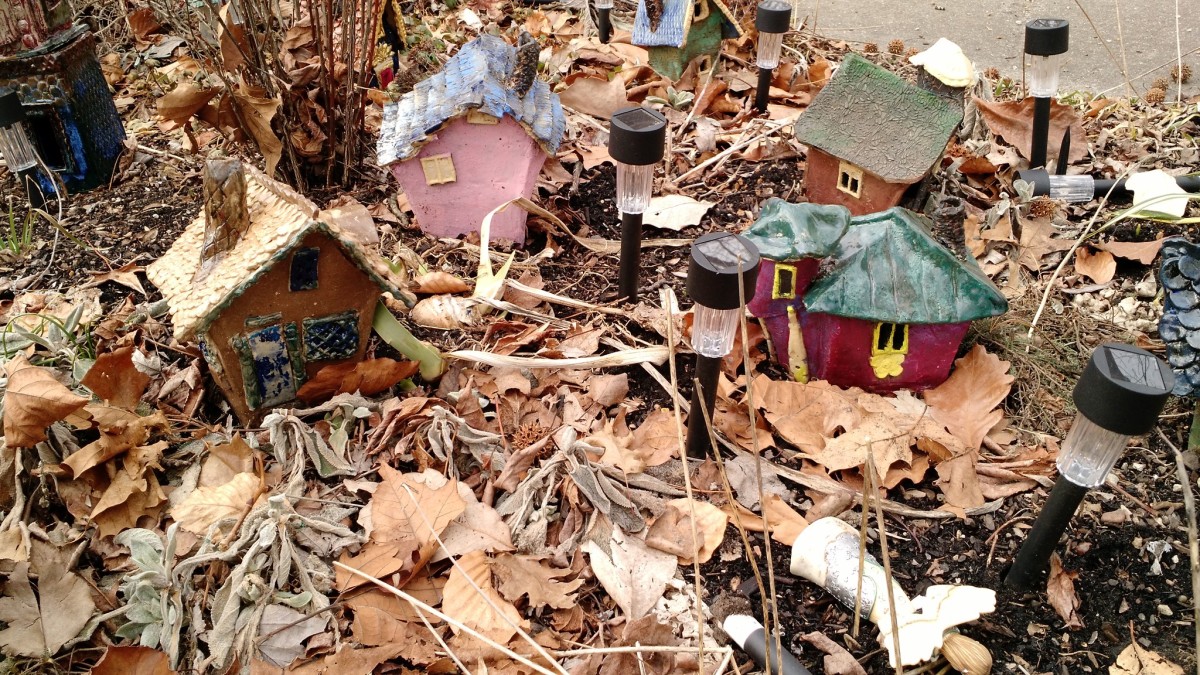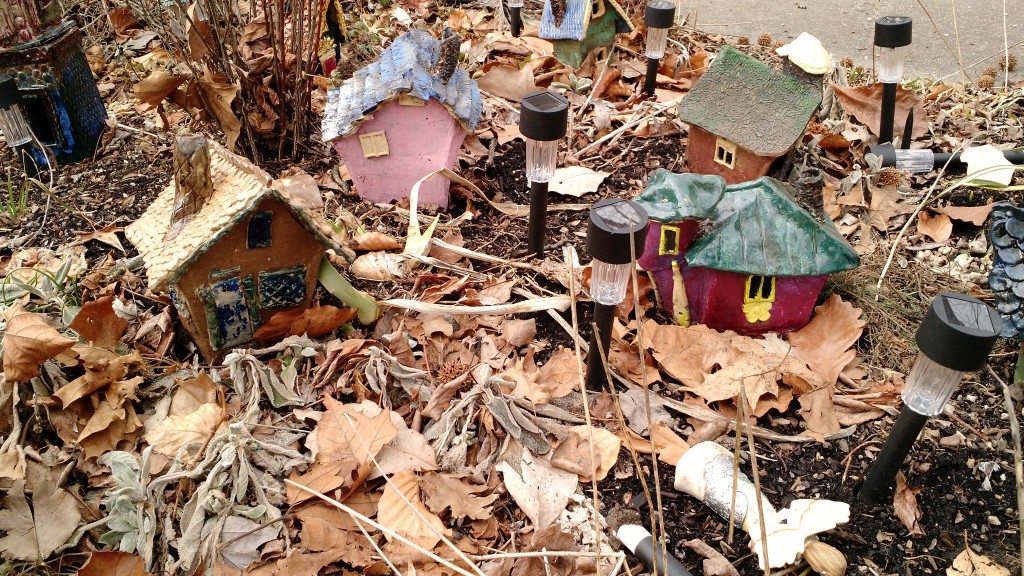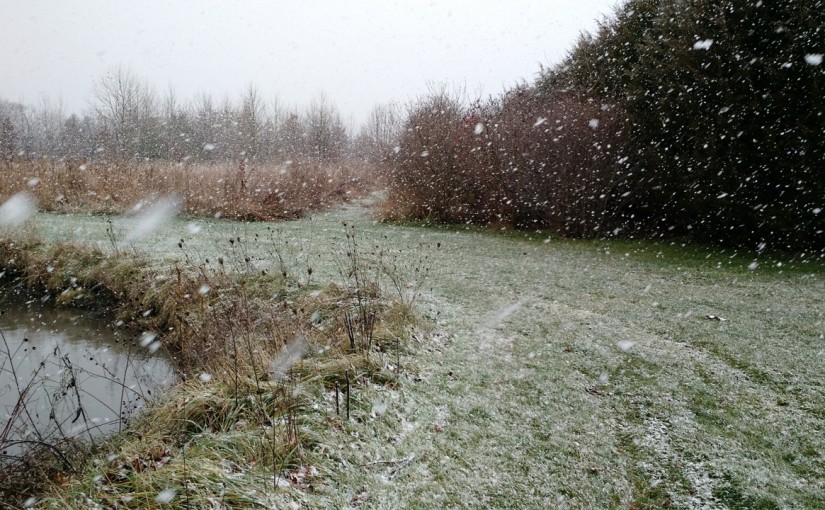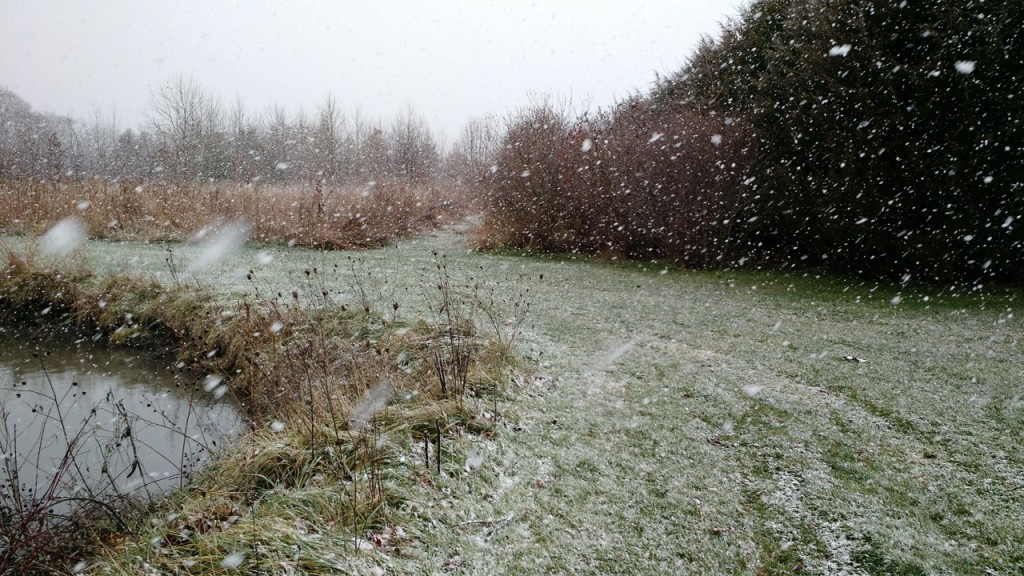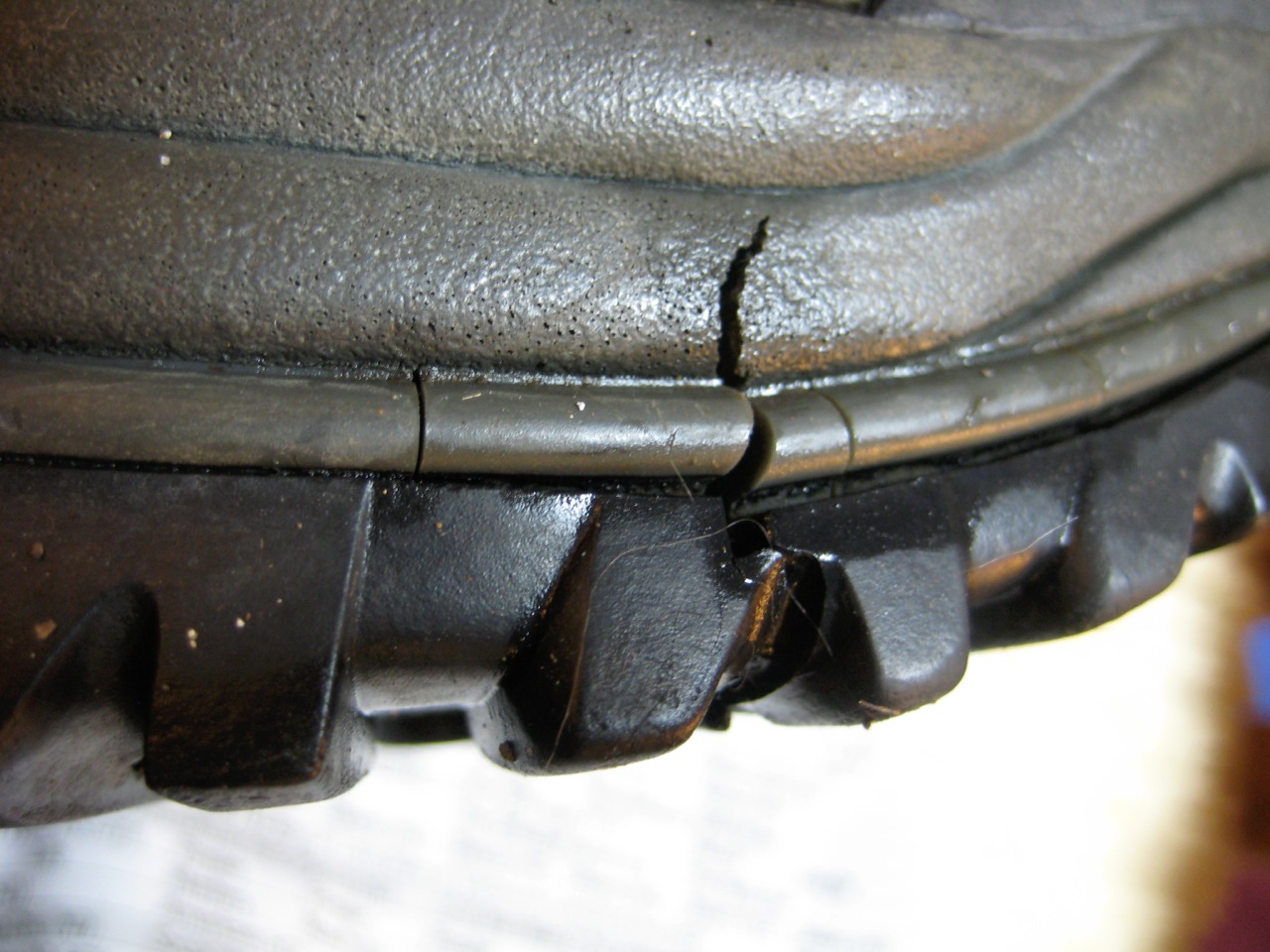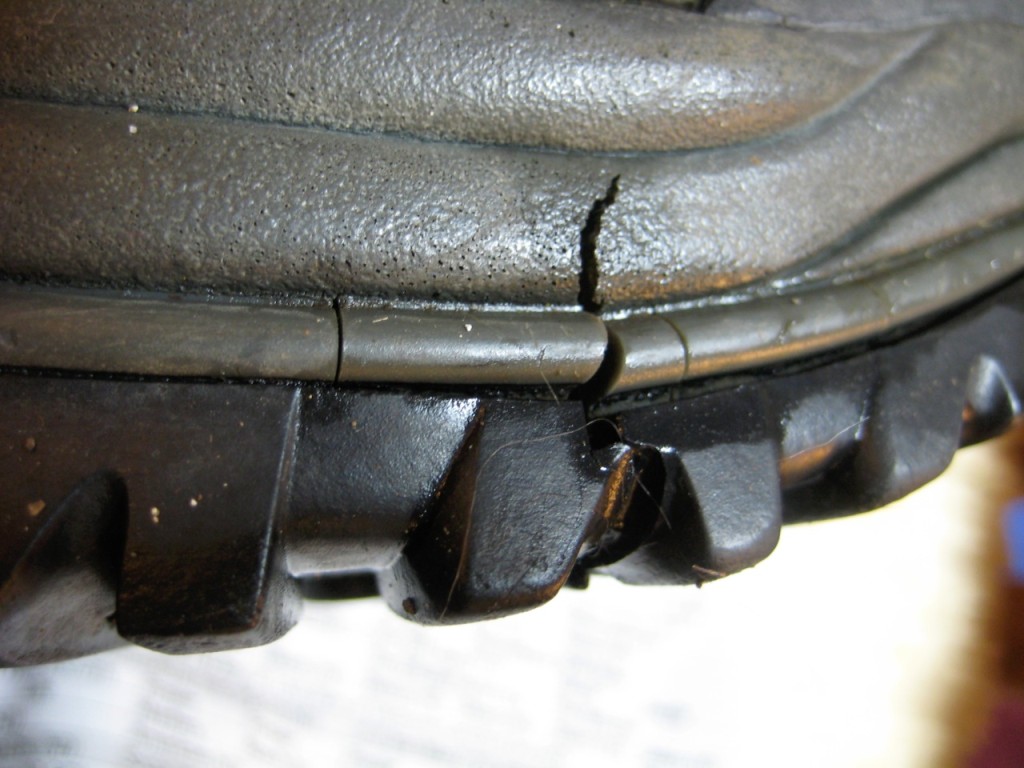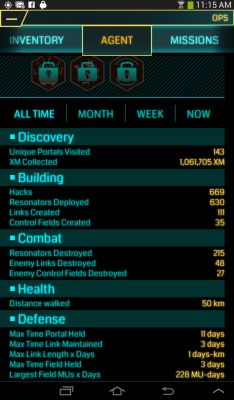I like to have something around which to organize my walking. Training for our big Kalamazoo to South Haven hike worked great, but having completed that I was looking for something new.
Via Nerd Fitness’s How to walk to Mordor page, I found this little page on Walking to Rivendell, and I think that just might be what I was looking for.
Way back in 2003, some clever people got the idea to go through The Fellowship of the Ring (and a handy Atlas of Middle Earth) and note down all the legs of Frodo’s journey from Hobbiton to Rivendell. Then, as they did their own daily walking, they tracked their progress, noting each milestone as they passed it. (Five miles along; crossed the Great Road from the Brandywine Bridge and entered Tookland.)
Jackie doesn’t seem to have the same strange urge I do to organize walks around some arbitrary or fantasy goal, but she has embraced the idea with some enthusiasm, and decided that we should begin at the beginning and follow the path of Bilbo’s journey to Rivendell. It begins with a hurried dash from Bag End to The Green Dragon in Bywater, then down the Great East Road to a camp site a couple of miles past the three farthing stone, for a total of 11 miles.
We won’t match Bilbo’s journey day by day, but we thought we’d at least start with an 11-mile walk to get into the spirit of the thing.
So yesterday we did.
To make the mileage come out right (and to avoid a boring bit of the walk that we do all the time), we took the bus to campus and started our walk there.
From the Research Park (just across the street from my old office) we walked through campus and on to the Urbana Library (where we returned a library book and checked out another), then went across the street to Lincoln Square Village where we had lunch in their little food court. We went back to the library where we split a brownie for desert and lingered over coffee. Then we headed west across the north end of campus, paused briefly in the Engineering Quad so I could play just a bit of Ingress, and proceeded to the water amenities at 2nd street.
We’d had lunch early, so it was at just about this point that the vitamin D window opened. It was preternaturally warm and sunny, so I took off my jacket and put it in my pack and we spent a half hour or so comprehensively walking the paths through both halves of the water amenities (with my arms exposed to the deadly ultraviolet light of the sun) before heading on to downtown Champaign. We walked through West Side Park, near our 2014 summer place, and then turned south and walked past our 2014–2015 winter palace.
Not far south of there, we passed a house where the grassy verge between the sidewalk and the road was filled with these tiny ceramic houses:
Not exactly Rivendell’s last homely house, but I felt they were adequately in the spirit of elven houses anyway.
From there we proceeded to Hessel Park, and thence along familiar paths to home.
I neglected to run Endomondo, but Google Fit claims I walked 11.1 miles.
It was a great walk! Jackie had a sore shoulder and didn’t want to carry a pack, so I carried not only the library book, but also the first aid kit, our lunches, and water for two.
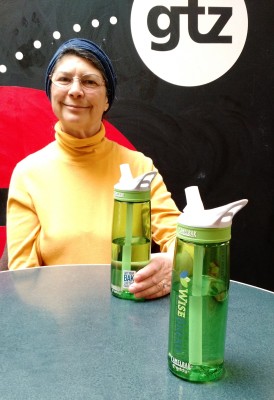
Speaking of water, last year Jackie bought one of these Camelbak water bottles, and was very pleased with it. I was happy enough using bicycle-style water bottles. But—by sheerest happenstance—the kindly admins at Wise Bread gave me (as a thank-you gift for being one of their writers) the exact same water bottle as Jackie’s—except that mine has the Wise Bread logo.
These bottles are a little bigger than the ones I carried last year. That together with the library book made my pack a little heavier—enough to be noticeable, but not too much for a walk to Rivendell.
I wore my minimalist boots, which seemed like a nice compromise between my regular hiking boots and going barefoot like a hobbit. In the summer I plan to get back to barefoot walking in a big way (although it may be a while before I’m taking my long walks barefoot).

